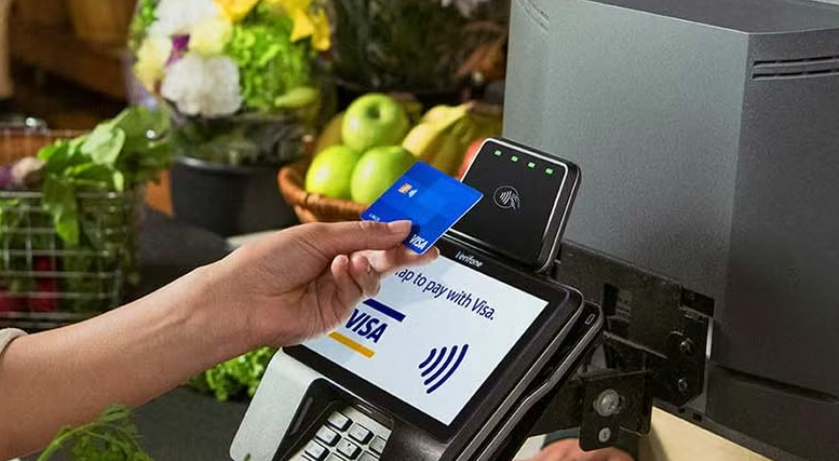New findings show that convenience upgrades have opened loopholes allowing high-value fraud.
Others are reading now
New findings show that convenience upgrades have opened loopholes allowing high-value fraud.
The rise of tap-to-pay
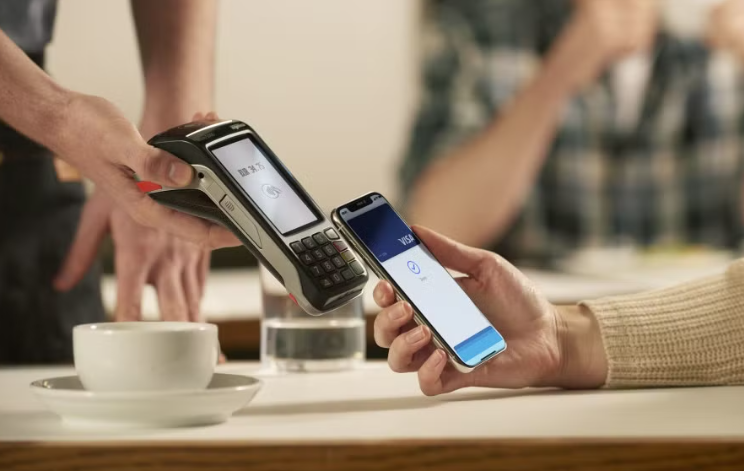
Contactless payments have become the most common way to pay, replacing cash for their ease and speed.
How it works
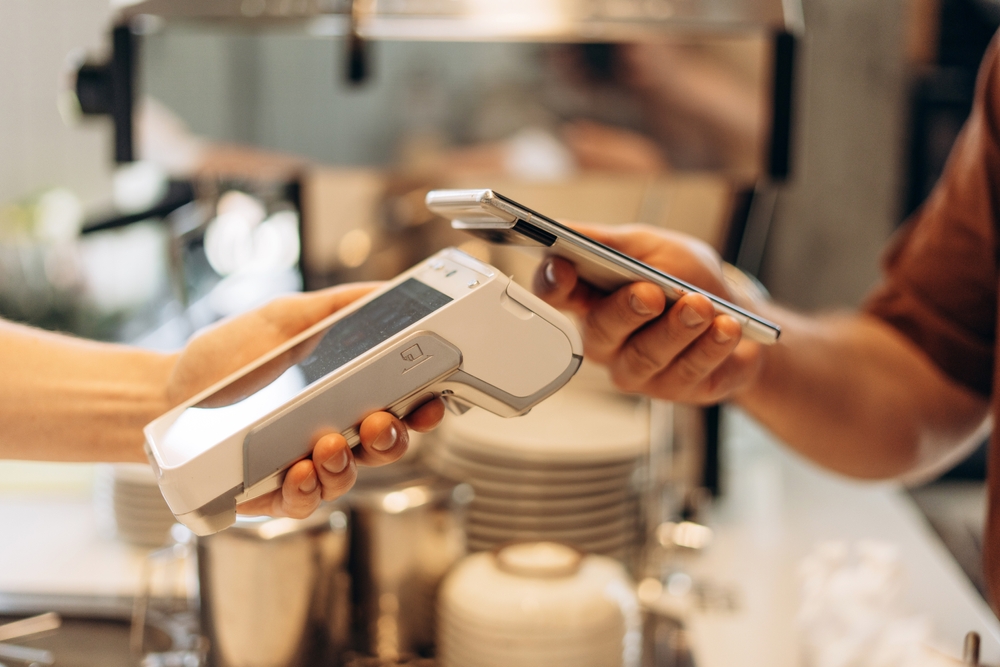
NFC technology lets users pay by simply tapping a card or phone — no insertion or PIN needed for small purchases.
The new research

Experts from the Universities of Surrey and Birmingham have found hidden vulnerabilities in this increasingly popular system.
What they discovered
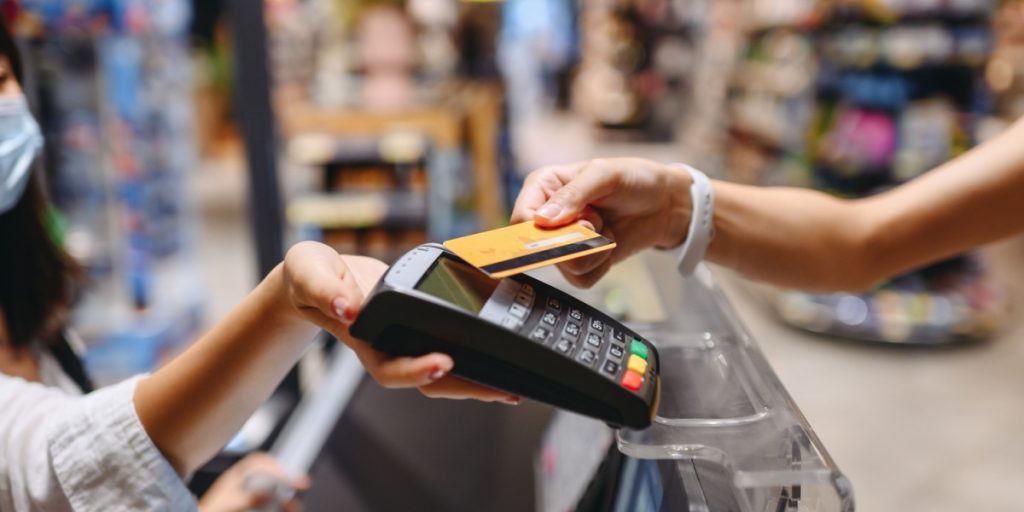
The flaws let researchers make unauthorized, high-value payments, even when phones were locked or offline.
Also read
A dangerous trade-off
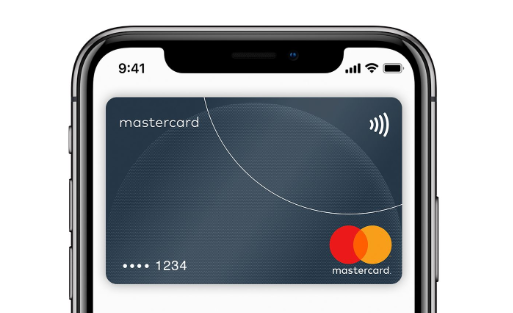
Features designed for convenience — like offline payments and quick authentication — also weaken basic security checks.
What the tests showed

In one experiment, a terminal accepted a fake £25,000 payment that bypassed biometric and PIN verification.
Not a coding mistake

Researchers stress that the problems aren’t due to company negligence but to the complexity of the EMV system itself.
How it happens

When new features are added independently by providers, subtle gaps emerge that fraudsters could exploit.
Industry response

The findings were shared with banks and payment providers in 2024, leading to early fixes in some systems.
Also read
Expert warning
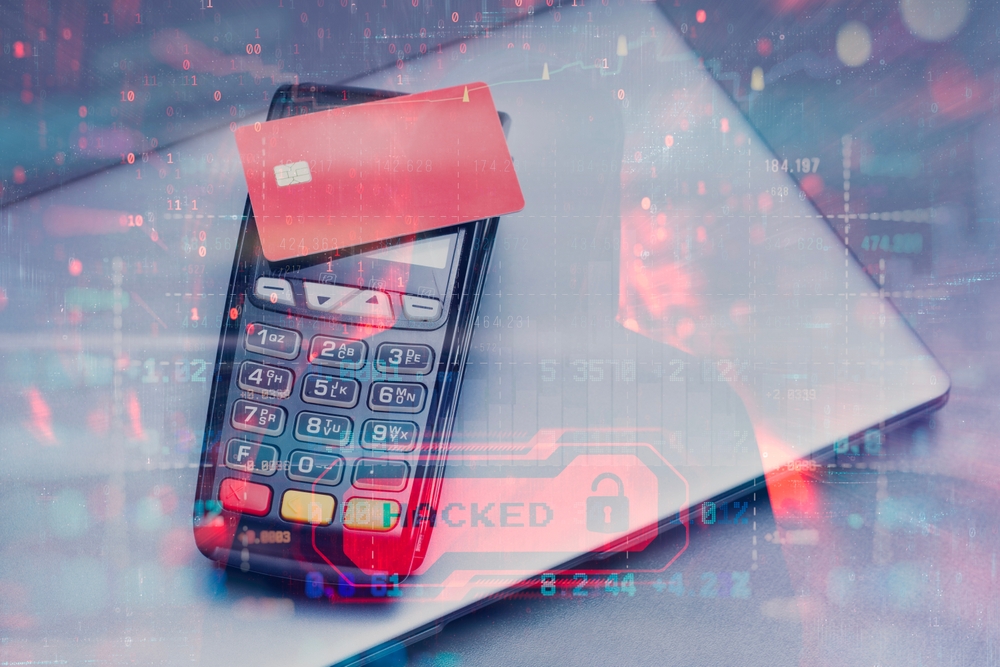
“Convenience shouldn’t create new opportunities for fraud,” said Ioana Boureanu of the Surrey Cybersecurity Centre.
The bigger picture

Researchers urge tighter coordination between banks and tech companies to close security gaps before criminals find them.

